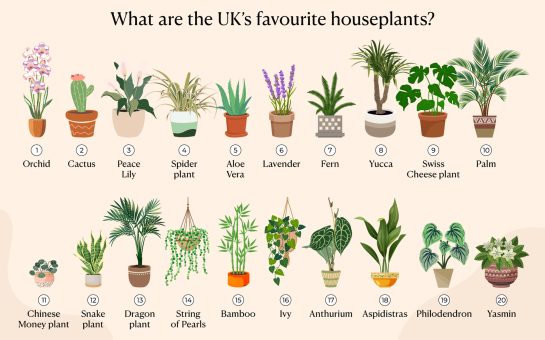Heather could well become an energy source of the future and help the UK meet bioenergy targets, claim Manchester University experts.
A study, published in the journal Biomass and Bioenergy, claims the burning of heather by land managers releases energy equal to burning 36,000 tonnes of coal every year.
And if all the UK’s heather was used as a bioenergy crop, the energy count would be equal to burning 1.7 million tonnes of coal a year.
Professor Fred Worrall, from Durham University who led the study, believes it could well become a reality.
“We’re burning coal to satisfy demand, and that’s a very dirty source of energy,” he said.
“Surely it would be possible to send the heather down the hill and stop burning the coal.”
Heather is often burnt to create better feeding ground for livestock but this has attracted controversy over the years.
There are concerns that it could be degrading moorland and accelerate the erosion of peat within surrounding streams.
There is also a risk of water quality being harmed which would raise the costs of treating it for human consumption.
If heather was used as an energy source another potential problem is that the industry would not be able to take off everywhere.
In parts of Northwest Scotland heather grows far too slowly and the incinerators themselves are too far away to make the process effective with the cost of transport.
Around 10,000 square metres of heather could save 11 tonnes of carbon emission every year but no research stands for the environmental effects this would have.
Professor Worrall believes that the barriers are cultural rather than technical however.
“We have a large source of very efficient, low-carbon energy growing naturally on our uplands, but we’re releasing all its CO2 into the atmosphere without getting any energy from it,” he added.
“There is a culture for burning among land managers, and my suspicion is that this would be difficult to overcome.”
Image via Randi Hausken, with thanks



